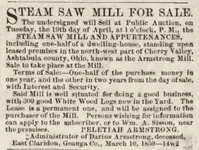Noah_D
Bronze Member
- Joined
- Dec 14, 2017
- Messages
- 1,593
- Reaction score
- 3,492
- Golden Thread
- 0
- Location
- Illinois (prev. NE Ohio)
- 🏆 Honorable Mentions:
- 1
- Detector(s) used
- Nokta Makro Simplex+, Garrett ACE 300, Carrot
- Primary Interest:
- Metal Detecting
- #1
Thread Owner
Howdy!
I have been perusing this map of ashtabula county from 1856 a lot recently and I can't help but notice something like this "+ SM" in some locations, often by a creek but not always. I have no idea what this means but I am sure someone else does, If you have any idea please respond! I took a few screenshots just now that I will attach.
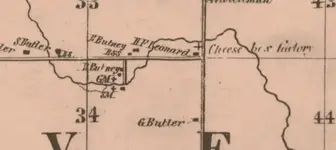
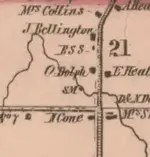
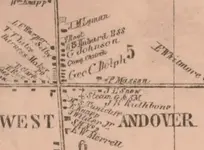
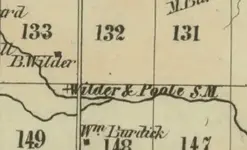
The "+" symbol is usually next the SM, but sometimes also GM or in one of the screenshots "Cheese box factory"
My thoughts is maybe sawmill and gristmill for the SM and GM, but the problem with that would be that I know some of these creeks barely flow at all.
Thank you for reading!
I have been perusing this map of ashtabula county from 1856 a lot recently and I can't help but notice something like this "+ SM" in some locations, often by a creek but not always. I have no idea what this means but I am sure someone else does, If you have any idea please respond! I took a few screenshots just now that I will attach.




The "+" symbol is usually next the SM, but sometimes also GM or in one of the screenshots "Cheese box factory"
My thoughts is maybe sawmill and gristmill for the SM and GM, but the problem with that would be that I know some of these creeks barely flow at all.
Thank you for reading!
Amazon Forum Fav 👍
Last edited:



